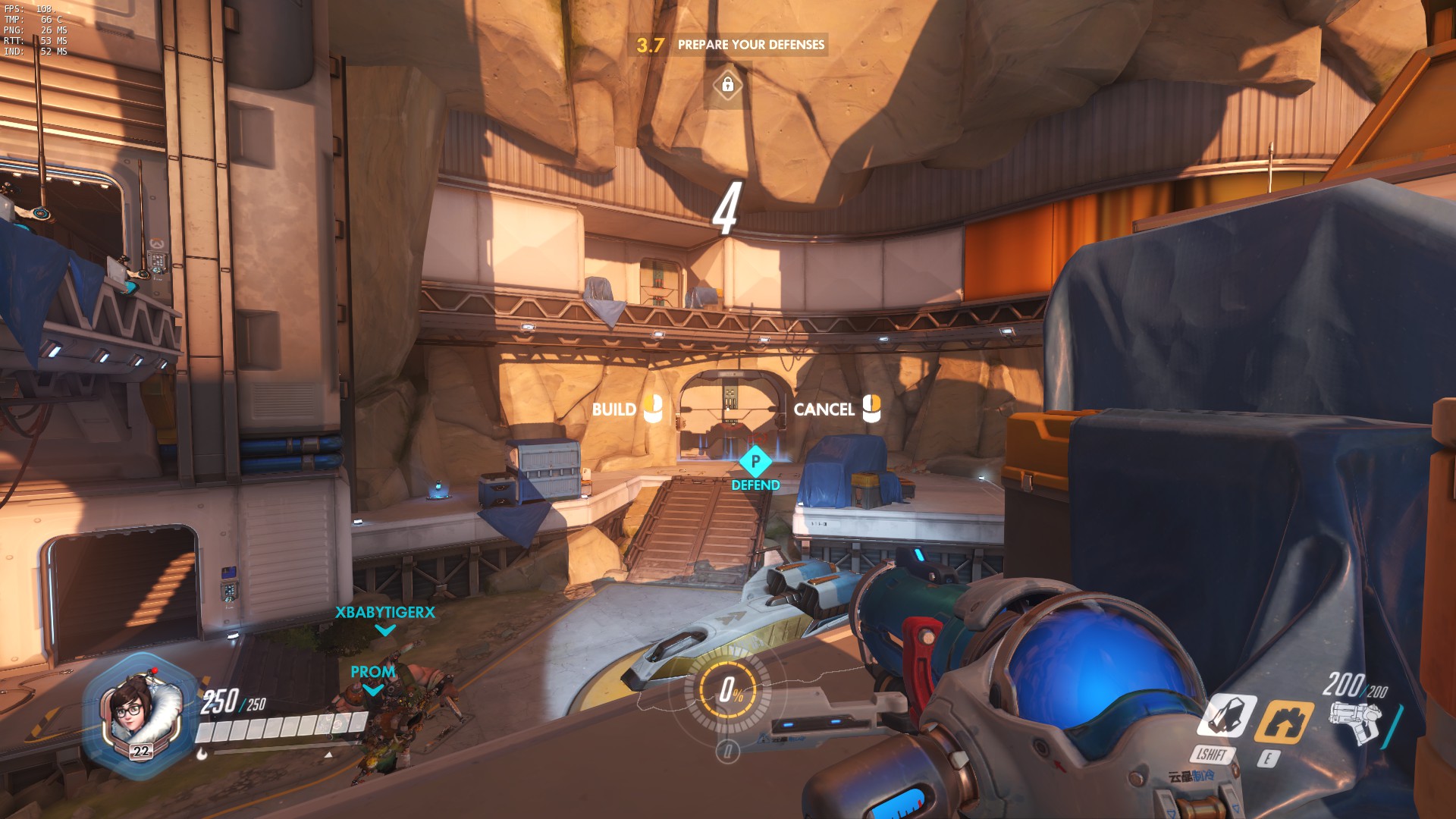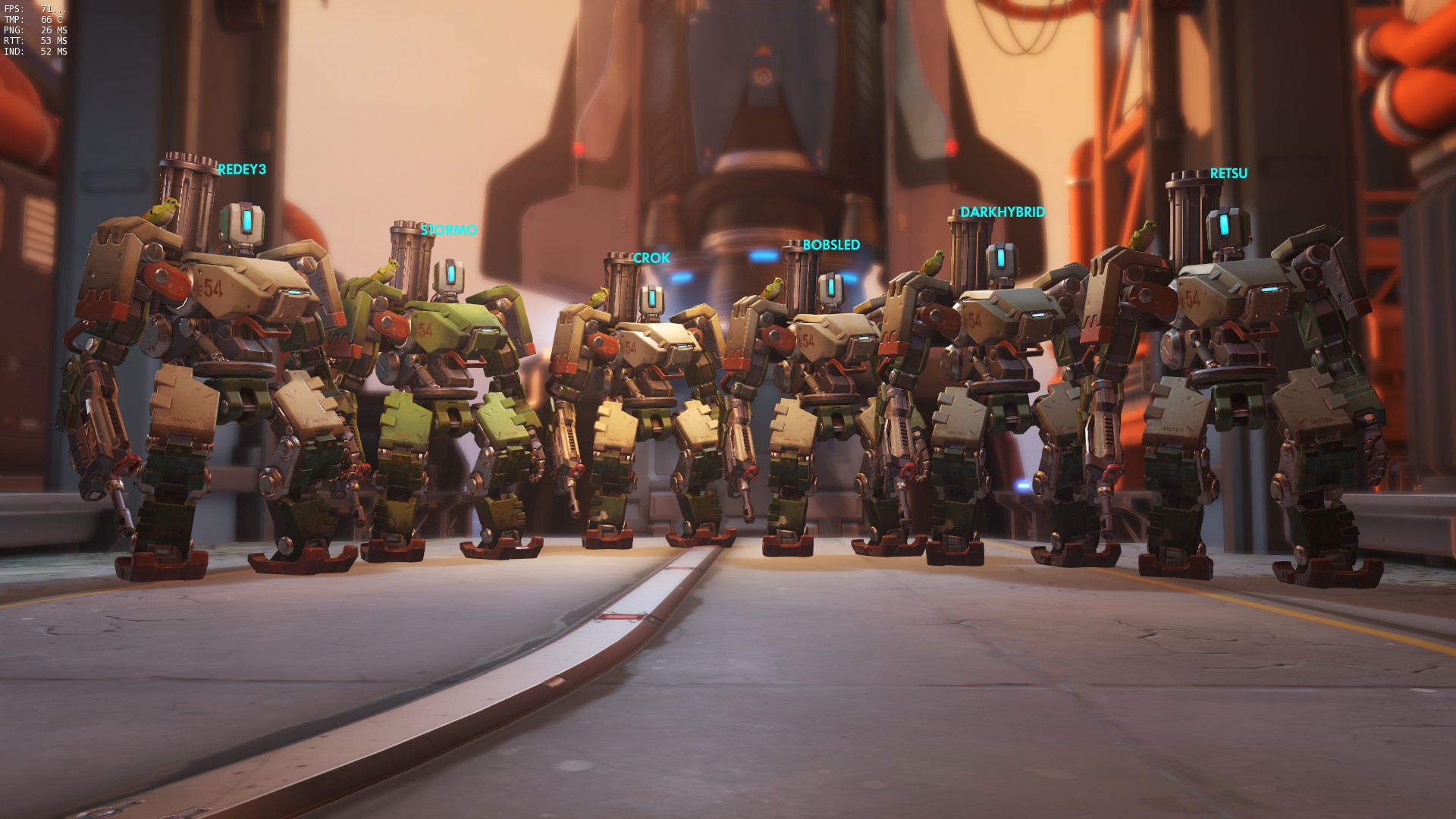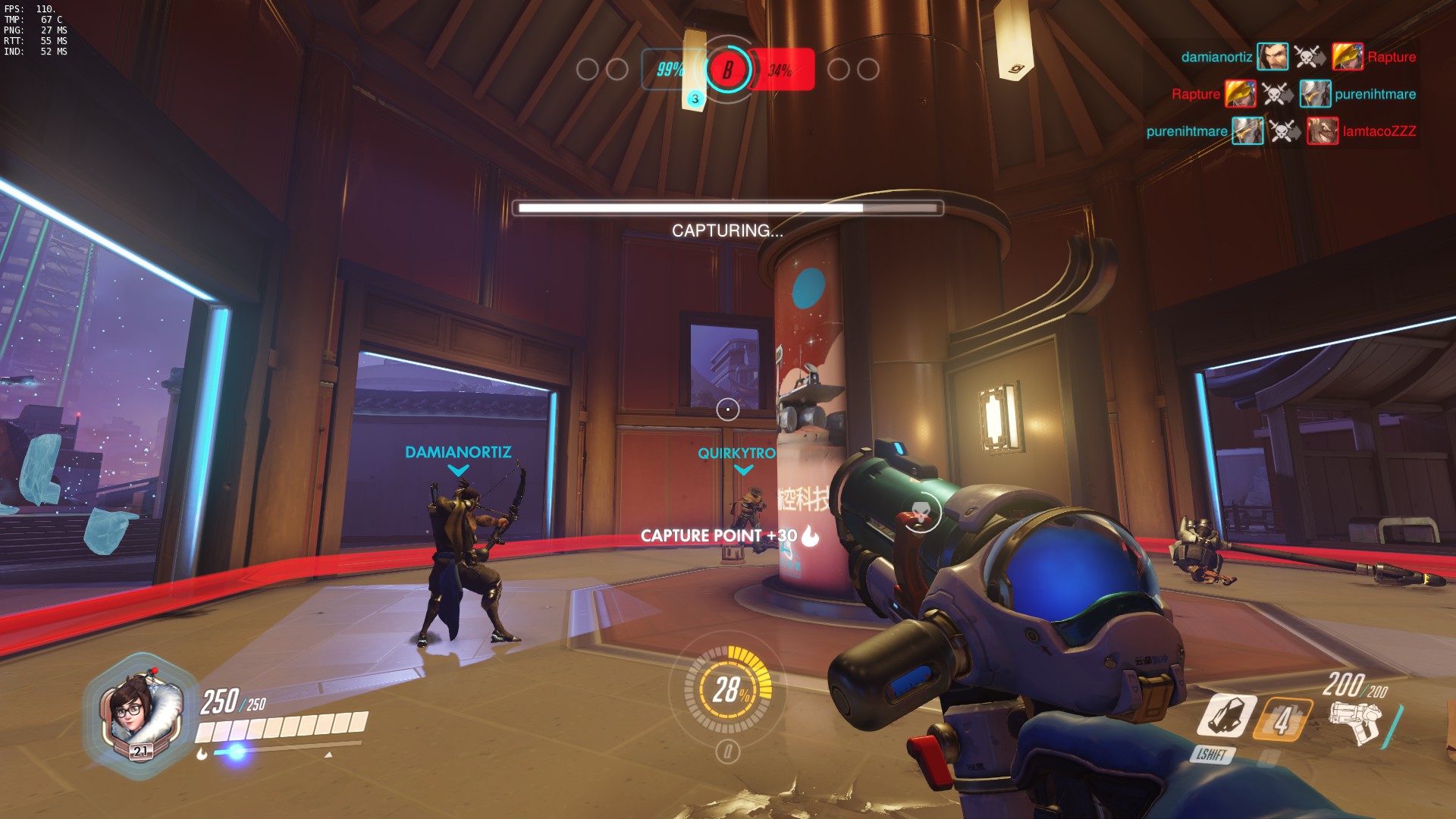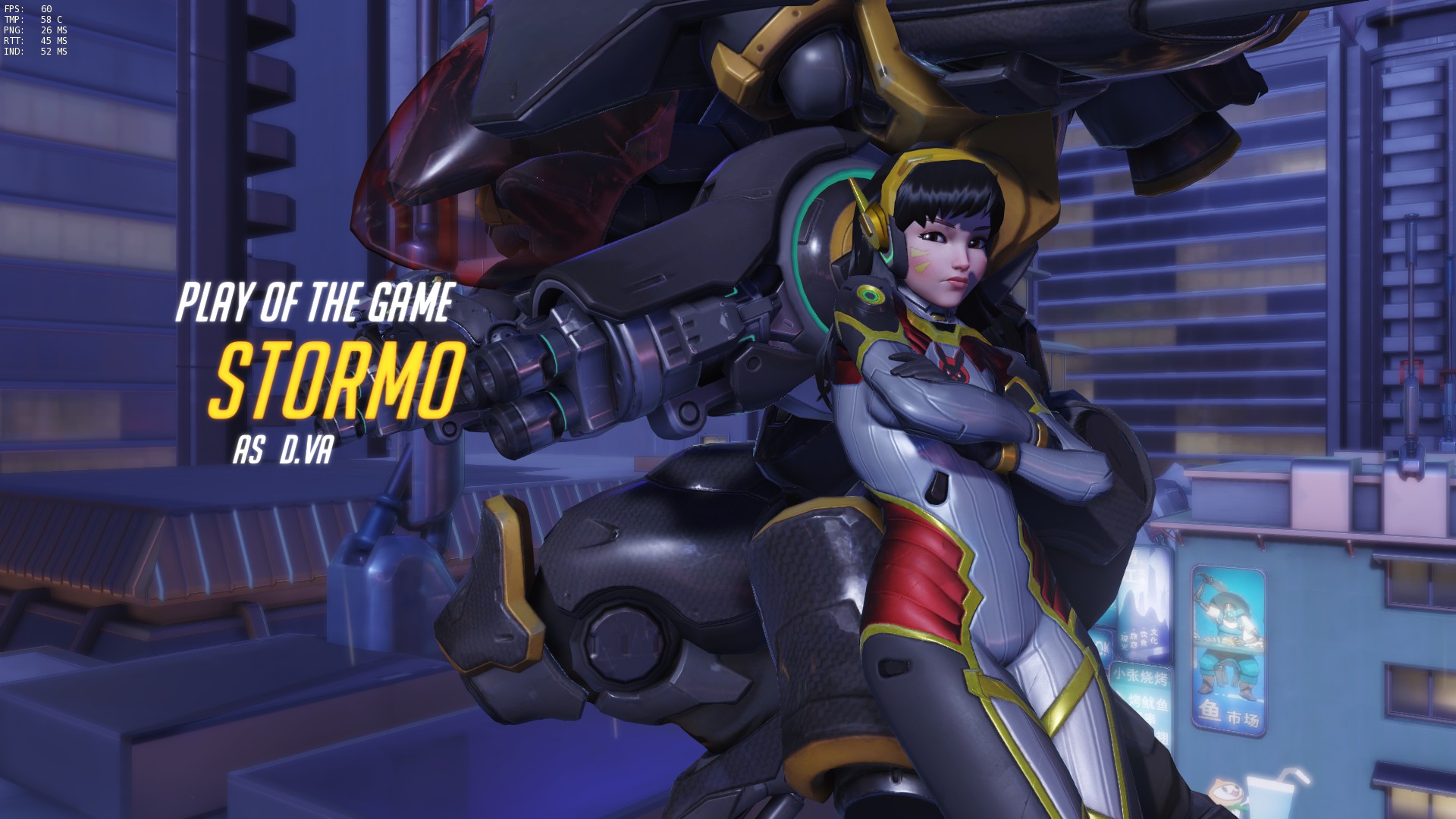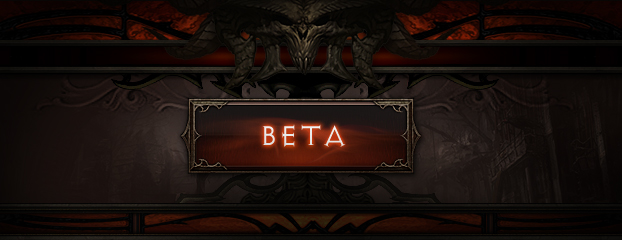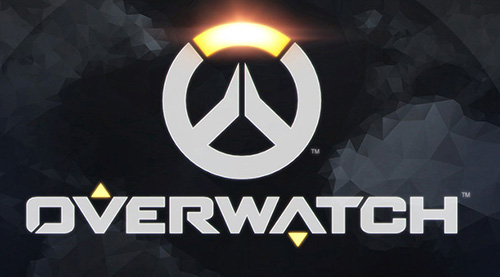
This is it. Overwatch. After the seemingly endless beta that everyone you know (but not you) got invited to, after the open beta that saw almost 10 million people get an early taste of the game, it finally lands. This isn’t just the launch of a game, this is a proper event, a moment in time that we’ll still be talking about a decade from now.
It’s easy to see why, too. Overwatch is the first new franchise to come out of Blizzard since 1998’s Starcraft. Every game they’ve released since then has either been in the Warcraft (Warcraft III, World of Warcraft and its many expansions, Hearthstone), Starcraft (Starcraft II and its two expansions) or Diablo (Diablo II and III plus expansions) universes. One (Heroes of the Storm) even mixed them all together for some crazy MOBA-style fun.
Not only is it a completely new world for Blizzard’s amazing creative staff to build, but it’s also an entirely new kind of game. Blizzard built their reputation on real-time strategy, and their expansions into action RPGs and MMOs aren’t huge departures from that in terms of how players interact with the game. A first-person shooter, however, is a huge jump into hostile territory for the company. This is the biggest gamble Blizzard has ever taken.
Thankfully, Blizzard have come to the first-person shooter landscape with a thermonuclear device, blasting everyone else clear into the dust. Blizzard have looked at that landscape and seen what does and doesn’t work. They’ve then sat down and worked out how to make a first-person shooter that doesn’t betray the company’s essential Blizzard-ness.
The fact that Overwatch exists at all is amazing in itself. The game rose from the wreckage left behind by the company’s abandoned Titan MMO project, a game that, on paper, seemed like it could have dramatically altered what people thought possible with MMO type games, but which, according to Blizzard, simply wasn’t fun to play. Taking what they had, stripping out the core world and, presumably, characters, and turning it into an FPS will be a fascinating story when it’s ultimately told at some future Blizzcon panel.
Given the impossibly high standards that Blizzard hold themselves to, then, it’s almost unsurprising to know that Overwatch is an utterly, completely brilliant game to play. Blizzard are the masters of easy-to-learn-hard-to-master game design, and this is no exception. Pick a character, load the map, and you’ll very quickly have an idea of what you’re supposed to be doing. Learning the maps is easy, too, and, while there’s currently only twelve in the game, they’re all really well-designed, easy to understand and fun as hell.
In a game with no singleplayer campaign at all, the maps themselves are left to do much of the storytelling, and they excel at this. Every location has some important story going on around it, and just playing it is enough to glean what that may be. Watchpoint: Gibraltar, for example, is clearly an important base in the Overwatch universe (it is, in fact, home of the actual Overwatch organisation itself), but it’s also clear that something went wrong in there, with damage to an office and outlook area, plus the payload that needs to be pushed through it. There is extra backstory to this map in the Recall animated short, but even without that, you can get a rough gist of what’s going on.
The maps themselves fall into four categories. There’s the standard capture points maps, with one team attacking and one defending, a king-of-the-hill mode that both teams fight over in order to build up a percentage counter to maximum, payload delivery and a hybrid mode that requires a point to be captured before delivering the payload. These are all pretty standard and easy to understand, even the hybrid mode. One interesting twist is that payloads can be pushed back by the defending team, allowing them to buy some time as the attacking team regroups.
Perhaps the best part of Overwatch’s map design, however, is just how explorable they all are. Almost every control point has multiple approaches, and there are only a few troublesome chokepoints in the game. Even then, a little bit of team coordination is usually enough to bust through if you’re on the attack, and a defending team will likewise need to stay on their toes if they really want to make a chokepoint work in their favour. Nothing in Overwatch really comes for free for either side, winning a match is all about ensuring everyone on the team plays their role. If someone isn’t, then you can easily get smashed.
This team-based approach to balance is pretty standard for Blizzard, who learned the lessons from World of Warcraft’s PvP modes, which are also heavily balanced around team play. Just as with that game, characters in Overwatch have strengths and weaknesses that will match up better with some opponents than others. Overwatch feels a bit more like a MOBA than a first-person shooter in this regard, and the game actually goes out of its way to ensure players put team performance over individual performance.
That might be surprising to read given that one of the most prominent features of Overwatch is the Play of the Game, which highlights what the game determines to be the best individual moment by any player in a match. The algorithm isn’t perfect, and tends to be biased towards characters who deal large amounts of damage quickly, but it’s still pretty satisfying to see yourself put front and centre for a solid performance. After the match, the game picks between three and five top performers and players can give them commendations. Get enough commendations and the game will tag the performance as epic. After that, the game tallies up your performance and awards medals based on it. The medals are essentially indicators of a top 3 placement in that category on your team, but you’re never shown your overall rank, ensuring you don’t get to see just how your individual performance compared to other specific players. The benefit of this is that everyone should be working for the gold medals (and the bonus experience they bring) rather than constantly checking a score table through the game.
These fantastic design choices, however, are just a tiny part of what makes Overwatch so great. Without them, the game would be far less fun, but the game needs more than just these things to work. Fortunately, it has something very, very special built atop those foundations. Overwatch has twenty one brilliant characters for players to choose from, and its here that Blizzard’s creativity truly shines.
The first thing to realise after playing a few different characters is just how different everyone is. With 21 to choose from, it might seem like Blizzard would have doubled up on things here and there, but that is absolutely not the case. Everybody feels and plays differently, and each character occupies a different role in the team.
There are four broad roles that the characters fall into. Offence, which is all about the straight up damage; defence, which is all about blocking the enemy from taking points or pushing payloads; tanks, who are intended to take attention away from the first two and soak up damage; and support, which is for healers and utility characters.
The characters themselves are all fantastic and probably the most diverse cast to ever grace a first-person shooter. There’s the standard FPS protagonist types (Soldier 76, McCree), but then there’s characters who mix things up a bit, like Pharah, the Egyptian rocket queen, or Tracer, the Dickens-filtered-through-William-Gibson pilot that’s become something of a marquee character for the game. Tracer’s twin pistols and sheer speed make her annoying to deal with, but incredibly fun to play.
Each character has a surprisingly involved backstory, some of which have been revealed through the animated shorts that presaged the game’s release. The best of these told the story of brothers Hanzo and Genji. Hanzo, the bow-wielding Japanese warrior, is one of the most satisfying characters to play, especially because of how devastating his ultimate ability can be. Genji, on the other hand, has a crazy bullet-reflect attack that can, among other things, knock away Hanzo’s arrows.
There’s even Australians among the cast, in the shape of Junkrat and Roadhog. They’re pulled pretty much straight from a Mad Max scenario (Australia in the world of Overwatch is a vast, barren wasteland just like it is in those movies) but with enough unique design elements to make them feel original. Seeing characters from places like Australia, Brazil (Lucio), India (Symmetra) and even the Siberian end of Russia (Zarya) really makes Overwatch feel like a globally-focused game, and one that was developed by a team looking beyond the boundaries of the North American market for success.
A really great example of this global focus is the character D.Va, a mech-riding South Korean girl who’s backstory is essentially that of a Korean Starcraft II champion. So good was she at the game (which isn’t specified to be Blizzard’s RTS, but pretty clearly is) that the Korean military hired her to fight in a mech. There’s some wonderful detail with her animations as she rides the mech, too, like watching her hands move the joysticks accurately to the player’s inputs, or thumbing the triggers when shooting. One of her moves is a defensive barrier that shoots down incoming projectiles, and she will often say “Time to raise my APM!” when activating the ability. The implication here is that the defence matrix isn’t an automatic system, and that it’s Hana (the girl’s real name) herself that’s individually targeting and shooting down the bullets.
Touches like this are all over the game, and Blizzard get so much out of just the arm/weapon views of each character. Everyone has subtle idle animations and reactive effects like the way Torbjörn’s gun clanks about when he jumps, or the huge clonking steps that massive war robot Bastion takes (in fact, every character has their own unique footstep sound). These help put the characters into the game itself, and Blizzard have completely blown away every other FPS game I’ve ever played, competitive or otherwise, in this aspect.
I could keep going on and on about how cool every character is, and just how alive and complete they all feel. They are the real heart and soul of what makes Overwatch as great to play as it is. Blizzard have designed an excellent game around them, and while it might seem a little bereft of actual content right now (there’s only eight maps at launch), it never feels that way in game just because of the sheer variety in their design and the fact that there’s so many possible combinations of characters to play on them with.
Blizzard don’t make bad games, and Overwatch is one of their finest titles. There’s no doubt in my mind that this is the absolute state-of-the-art when it comes to multiplayer first-person shooters right now, and it’s likely it will be for years to come. Blizzard’s long track record of making their games last means that the journey of Overwatch has barely even begun. This is the best first-person shooter I have played in years, and perhaps ever, and I cannot recommend it enough.
Blizzard nails multiplayer FPS action on their first go
Fun, well-designed characters
Fantastic map design
No real single-player content
Salty Bastion victims

